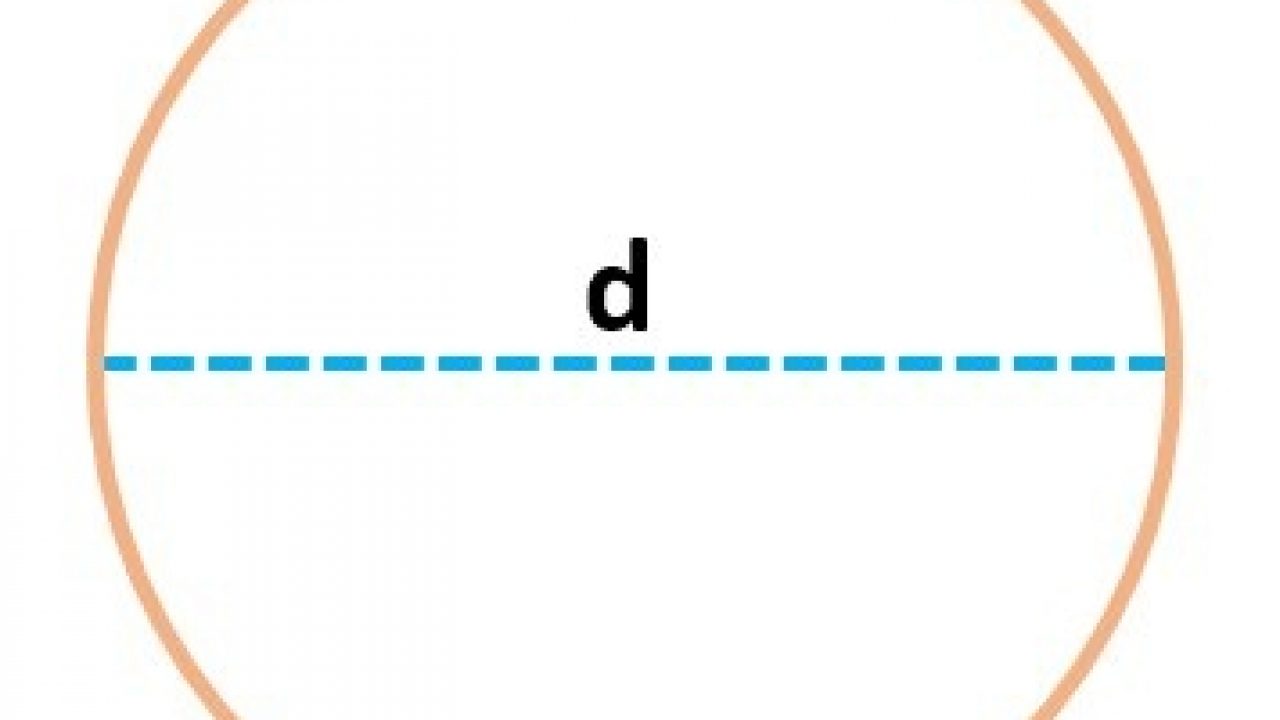Recently, optical microresonator (OMR) has come to the attention optical field researchers. Supported by whispering gallery mode (WGM), it has a great potential to be applied in the field of optical micro-systems and miniaturization. Microtoroid, microsphere and microdisc represent several forms of OMR that allow the coupling of the lowest volume range with high quality factor (Q-factor) values. This process can be carried out with the principle of total internal reflection between the form of WGMs and microcavity surrounding the media.
Microresonators can be viewed as 2D resonators which limit the varieties in the equatorial plane and allow spectral properties to be determined by their diameter. Formaldehyde is a poisonous gas mixed by methanol oxidation and is used as a disinfectant, histological fixative, and substance that is widely used for research application.
In this study, we demonstrate the effect of the microbottle resonator (MBR) based on whispering gallery modes (WGMs) with two different diameters of tapered microfibre and its experiment with the formaldehyde (CH2O) liquid sensor. The MBR with the bottle diameter of 190 μm was categorized by many spectra of transmission modes. Then, the MBR was energized through two tapered microfibres with different diameters, 8 μm and 10 μm. Differences between the two tapered microfibres with the MBR were determined for different concentration levels of sensing liquid. Furthermore, p-values and stability levels of the two tapered microfibres were calculated. According to the comparison results, the 8 μm tapered microfiber has a much better competency than the 10 μm tapered microfiber when using the MBR. The p-value for each diameter > 10-5 , while the stability of two microfiber tapers was measured for 60 seconds.
Author: Muh Yasin
Related article: https://www.sciencedirect.com/science/article/pii/S2214180419300650





